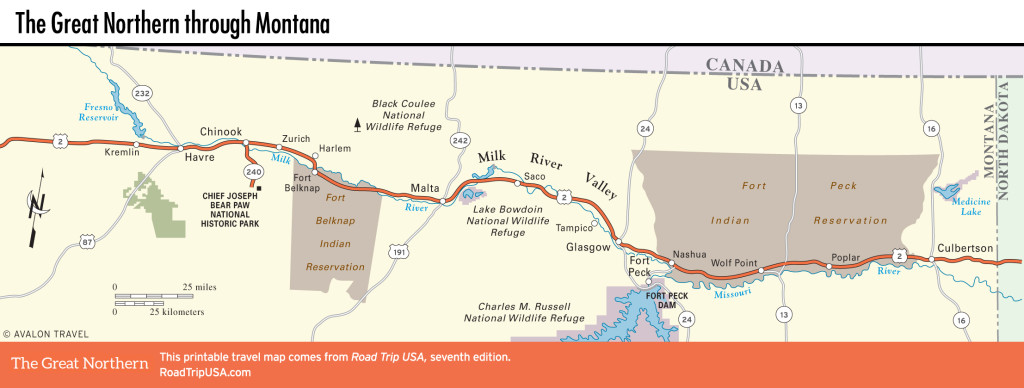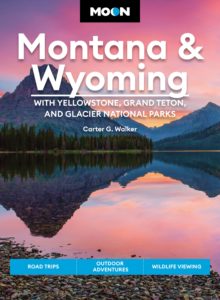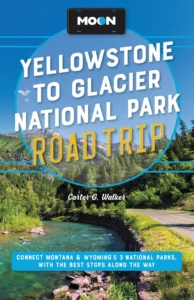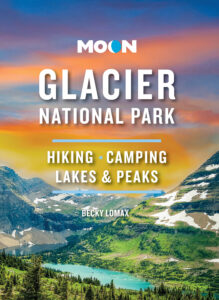Havre to Fort Belknap
Havre
The largest town along eastern US-2, Havre (pop. 9,784; pronounced “HAV-er”) was founded by the Great Northern Railway and named, for no good reason, after the French port Le Havre, though you’d never tell by the pronunciation. Havre retains more than a little of its Wild West feel and has enough unusual attractions to merit an extended stop. West of town is a large area of eroded badlands, and just north of US-2, behind the Holiday Village Shopping Center, is Wahkpa Chu’gn “Buffalo Jump” Archaeological Site (406/265-6417, daily 9am-4pm June-Sept., $10). Dating to prehistoric times, the area was used by Plains people to drive bison to their deaths. Many of the artifacts recovered from the area are displayed inside nearby H. Earl Clack Memorial Museum (406/265-4000, 1pm-5pm Tues.-Sat., Labor Day-Memorial Day, 11am-5pm Tues.-Sat., noon-5pm Sun. Memorial Day-Labor Day, donation), which manages the site.
Havre itself, home to popular former governor Brian Schweitzer, is engaging and also a little rowdy. Numerous poker clubs (everything has “casino” tacked onto it) and cowboy bars line the compact downtown area, underneath which is a defunct underground world of illicit bordellos and opium dens, all part of the whiskey trail that flourished a century ago and again during Prohibition, when copious quantities of bathtub gin from Canada, a stone’s throw north, were run through. Relaxed but informative tours ($17) are available through Havre Beneath the Streets (120 3rd Ave., 406/265-8888).
Along 1st Street (US-2) you’ll find all the usual fast-food suspects, as well as a fresher deli-café, the Lunch Box (213 3rd Ave., 406/265-6588), south of US-2. For a place to stay, the plushest of Havre’s handful of motels is the Best Western PLUS Great Northern Inn (1345 1st St., 406/265-4200, $80 and up).
Chinook
Chinook (pop. 1,273) takes its name from the Northwest Native American patois for the warm southerly winds that rip through the area in January and February, raising temperatures some 50 degrees in a matter of hours, melting the winter snow, and allowing cattle to forage. Now a small cattle-ranching town, Chinook is best known for its proximity to the surrender site of Nez Percé Chief Joseph to the U.S. Army in 1877—which effectively marked the end of the Indian Wars of the Plains. The good Blaine County Museum (501 Indiana St., 406/357-2590, by donation), four blocks south of US-2, includes an impressive collection of fossils and local pioneer artifacts, as well as an informative multimedia presentation on the events leading up to the final surrender of Chief Joseph.
If the weather is fine and you can spare half a day, the actual site where the Nez Percé were captured is now preserved (with an interpretive trail and a few plaques, but otherwise unchanged) as Nez Perce National Park and Nez Perce National Historic Trail, 16 mi (26 km) south of Chinook via Hwy-240.
Fort Belknap Indian Reservation
Between Chinook and Malta, US-2 runs along the northern border of the Fort Belknap Indian Reservation, which covers some 650,000 acres (2,731 sq. km) stretching south to near the Missouri Breaks, a rock-and-sagebrush landscape that provided perfect hiding spots for outlaws like Kid Curry, Butch Cassidy, and the Hole-in-the-Wall Gang.
The Fort Belknap reservation was established in 1888 to contain the surviving members of the once-feared Gros Ventre and Assiniboine nations, who, before siding with the U.S. Army against the Blackfeet, were one of the major powers on the northern Plains. The tiny town of Fort Belknap, just south of US-2 about 25 mi (40 km) east of Chinook, is the main reservation crossroads. The town hosts the annual Milk River Indian Days at the end of July, featuring athletic contests as well as dances and country-fair festivities.

















